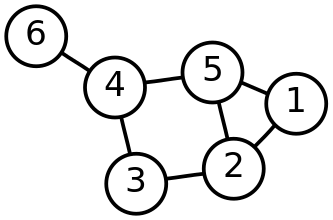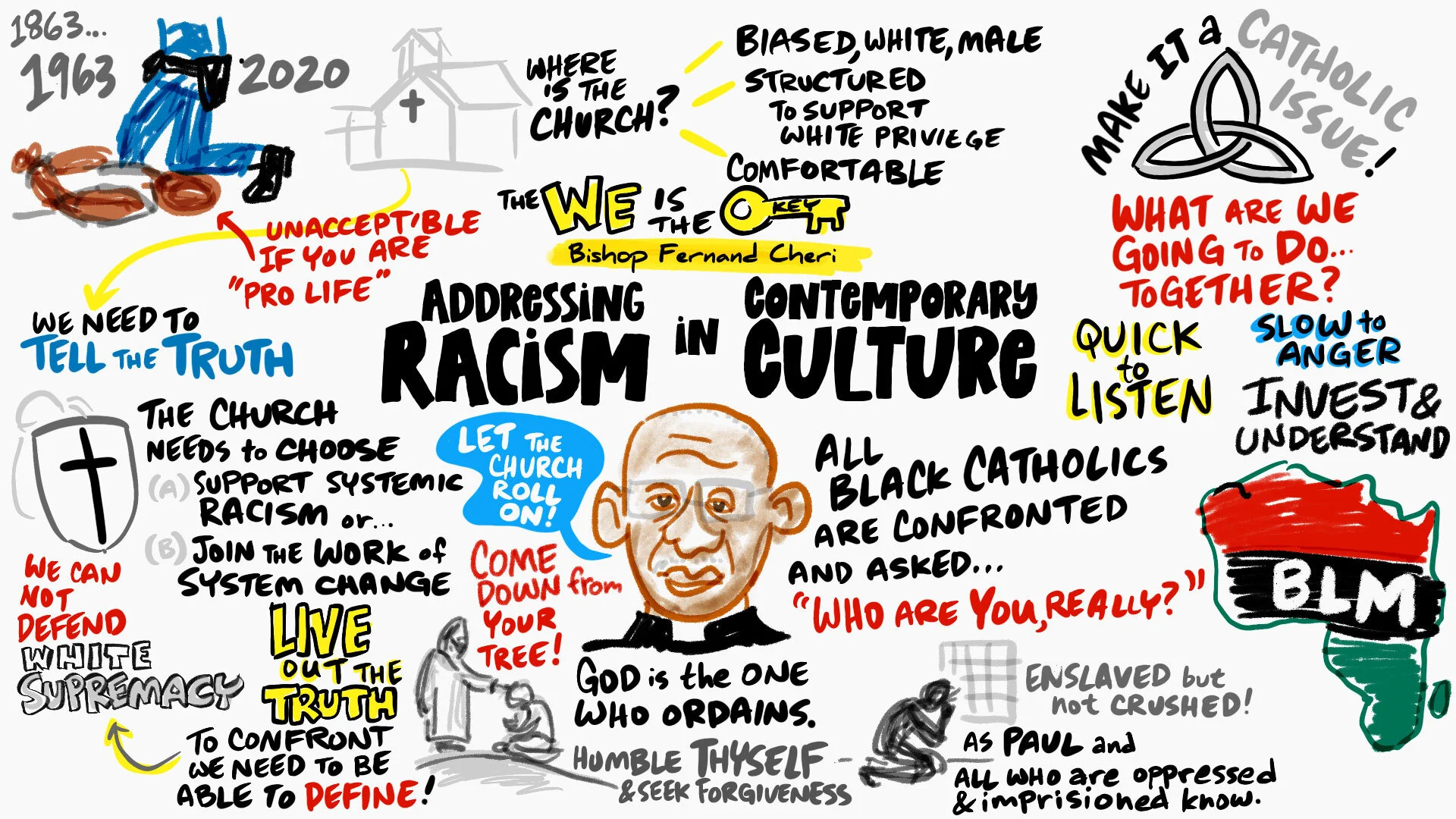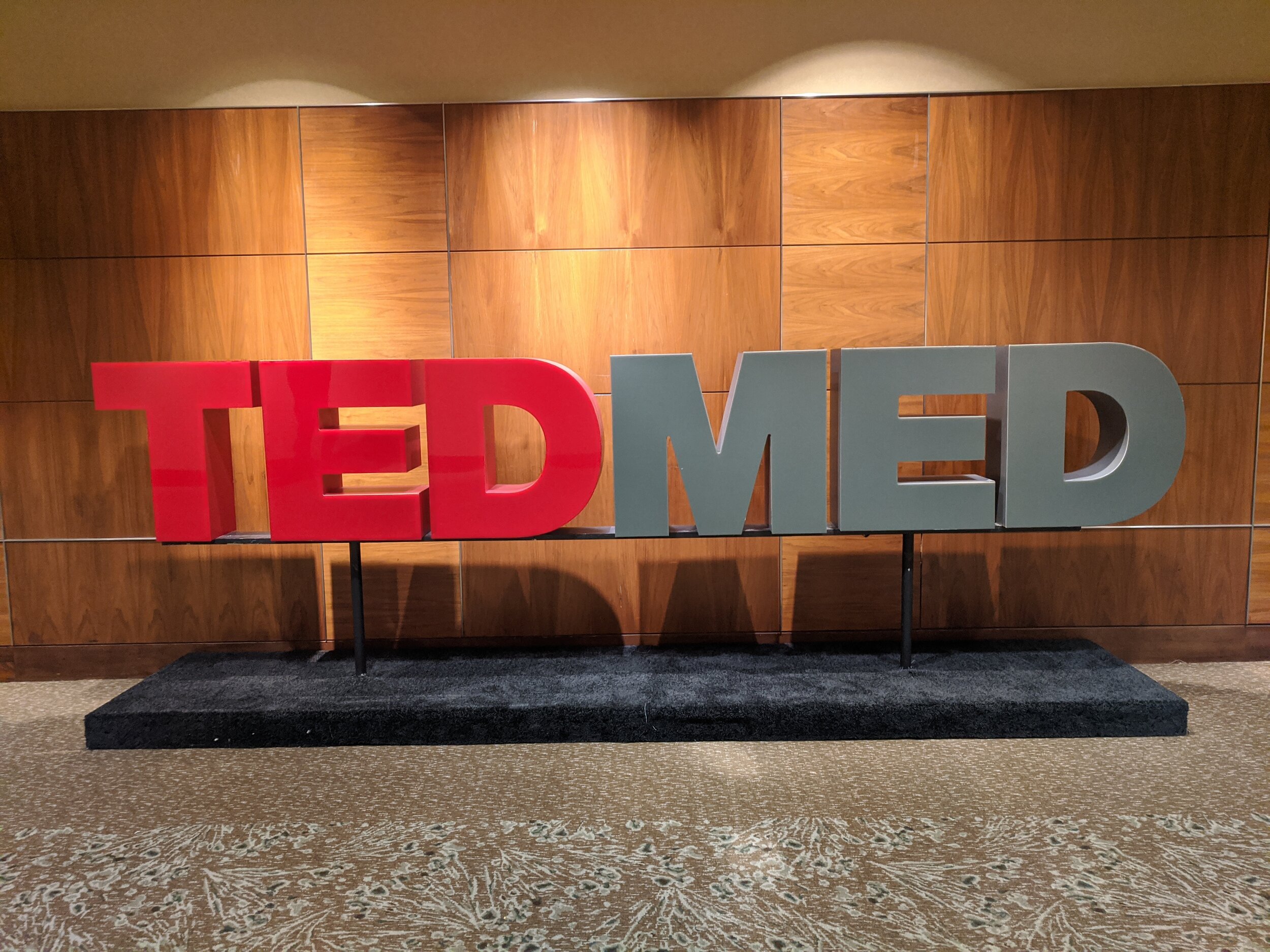Fast Company: Is Information Visualization the Next Frontier for Design?
/ The Tokyo firm Information Architects created this Web Trend Map which presents the most popular Internet sites in the intelligible graphic language of a subway system.
The Tokyo firm Information Architects created this Web Trend Map which presents the most popular Internet sites in the intelligible graphic language of a subway system.
It is great to see that Fast Company is catching the visualization religion.
This post mentions the Obama speech Wordles, Tufte's screed against PowerPoint, and blogs that cover visual complexity (including the blog, Visual Complexity.
Visualization may play a big role in wising up consumers. In the future, we're told, sensors will pick up tiny bits of info on every aspect of our lives and they will be played back to us as graphics. The smart grid, for example, will read the energy use in your home and send back understandable displays suggesting how you might save money by, say, waiting an hour to turn on your air conditioner or reducing your thermostat by two degrees. It will be up to architects to imbed this feature in the home in a way that allows us to interact more efficiently with our surroundings.
It's good to know, however, that Alphachimp Studio is on the frontier of design!
Check out more Obama visualizations not mentioned by Fast Company (bastages) at The Center for Graphic Facilitation:











